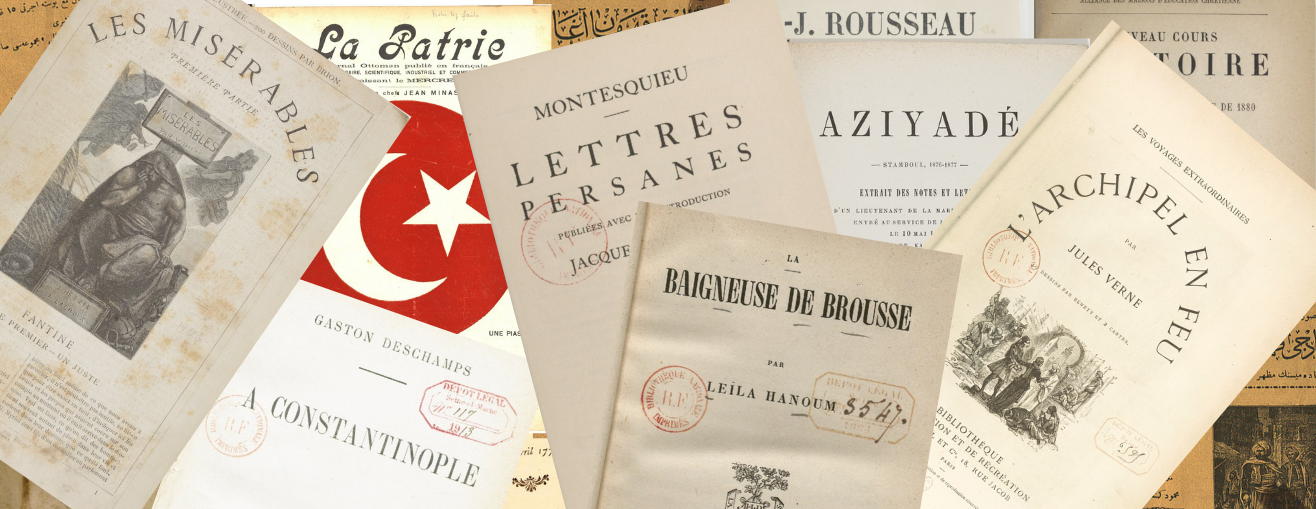Neşriyat-ı Muzırra: Banned Books in the Ottoman Empire (1857-1908): Exploring Culture and Control Through French Books in the 19th century book history of the Ottoman Empire
Censorship, an age-old instrument of political authority and social design, has played a profound role in shaping the cultural and political landscapes of societies. The Ottoman Empire serves as a compelling illustration of the complex interaction between censorship, societal evolution, and the quest for dominance. This project scrutinizes 19th century book history in the Ottoman Empire, specifically focusing on the prohibition of French books from publication and distribution.
19th Century: Private Printing Press in the Ottoman Empire and its Regulation
The year 1857 marked a pivotal moment in Ottoman history, as private printing houses were finally permitted. With this newfound freedom, the number of printing houses and published books surged, prompting a pressing need to regulate the content of these publications. This era, characterized by the development of modern laws, also witnessed economic and political upheavals that would ultimately contribute to the empire’s downfall. Amidst this turmoil, censorship emerged as a means of maintaining political, intellectual, and cultural control.
The Ottoman administration faced a dual challenge. On one hand, it aspired to establish a Western-style legal system and administrative structure. On the other hand, it aimed to thwart intellectual movements and cultural influences emanating from the West. French, the language of diplomacy, arts, and literature in the 19th century, became a focal point of censorship efforts.
This project embarks on an extensive exploration:
1. Historical Foundations: The project aims to trace the origins and development of printing activities in the Ottoman Empire, highlighting the proliferation of publishing endeavors following the establishment of private printing houses in the early 19th century.
2. Regulations and Control: Diving into the legal landscape, the project dissects the laws and regulations designed to govern the publishing domain and exert control over books’ dissemination, all while scrutinizing the mechanisms of inspection and censorship.
3. Targeted Censorship: The project provides an in-depth analysis of the lists of censored books, offering a glimpse into the targets of censorship. French books, featured prominently in the Ottoman “Index Librorum Prohibitorum,” shed light on the perceived threats they posed to the empire’s stability and identity. In conclusion, the study of French books banned from publication and distribution in the Ottoman Empire unveils a complex interaction of power, culture, and censorship. This poject unravels the motivations, methods, and consequences of this practice, enriching our understanding of how censorship sculpted intellectual landscapes and cultural interactions within the historical context.
